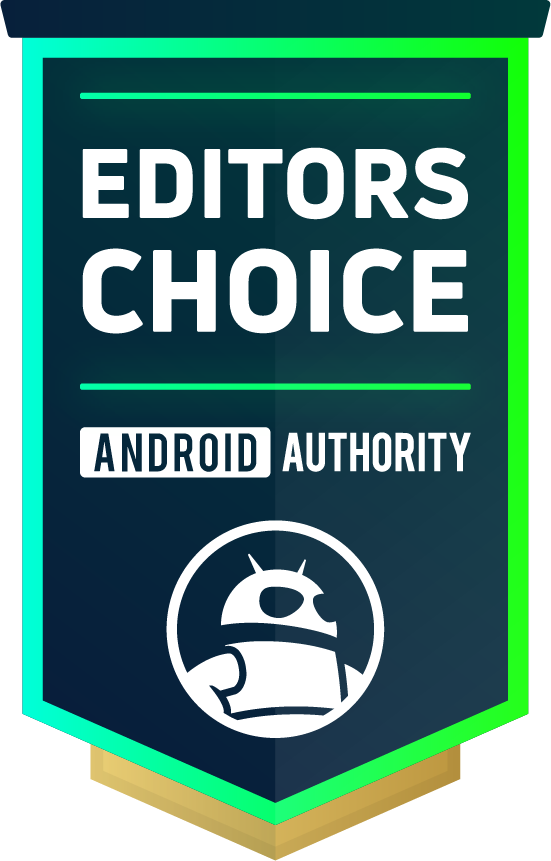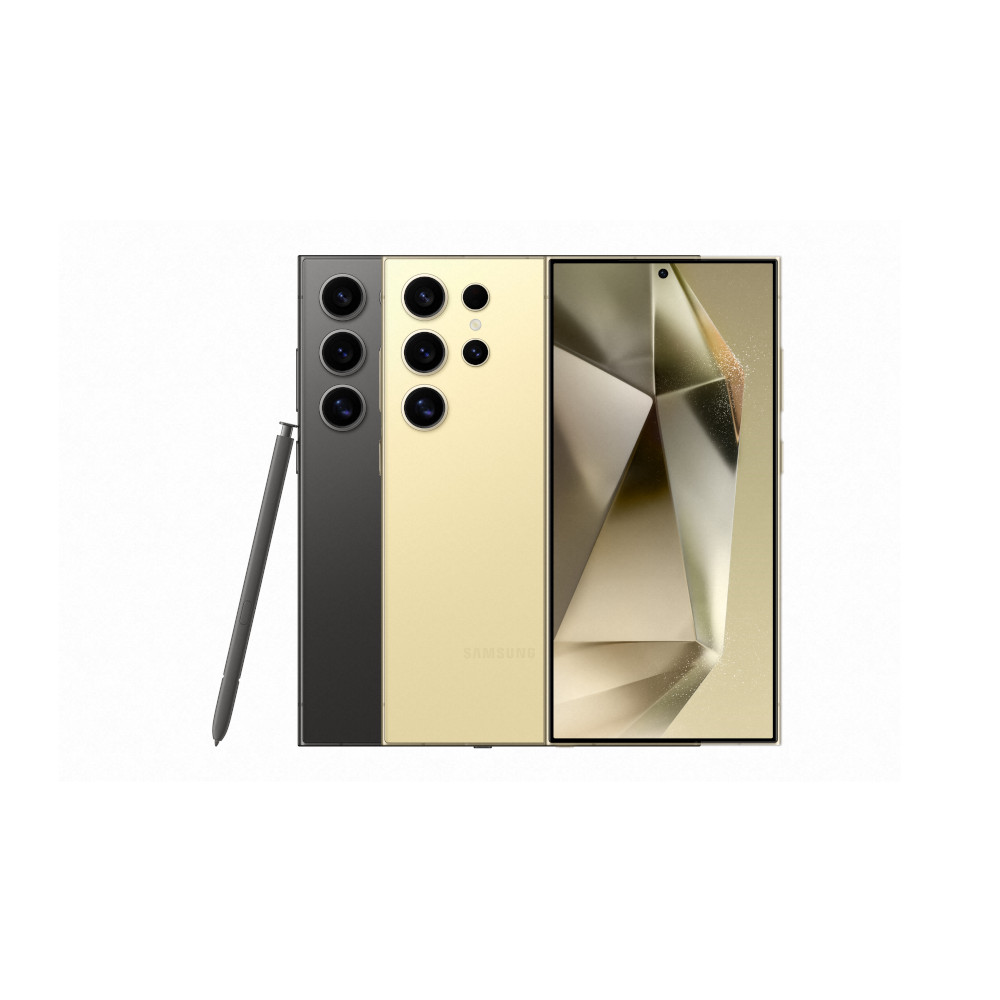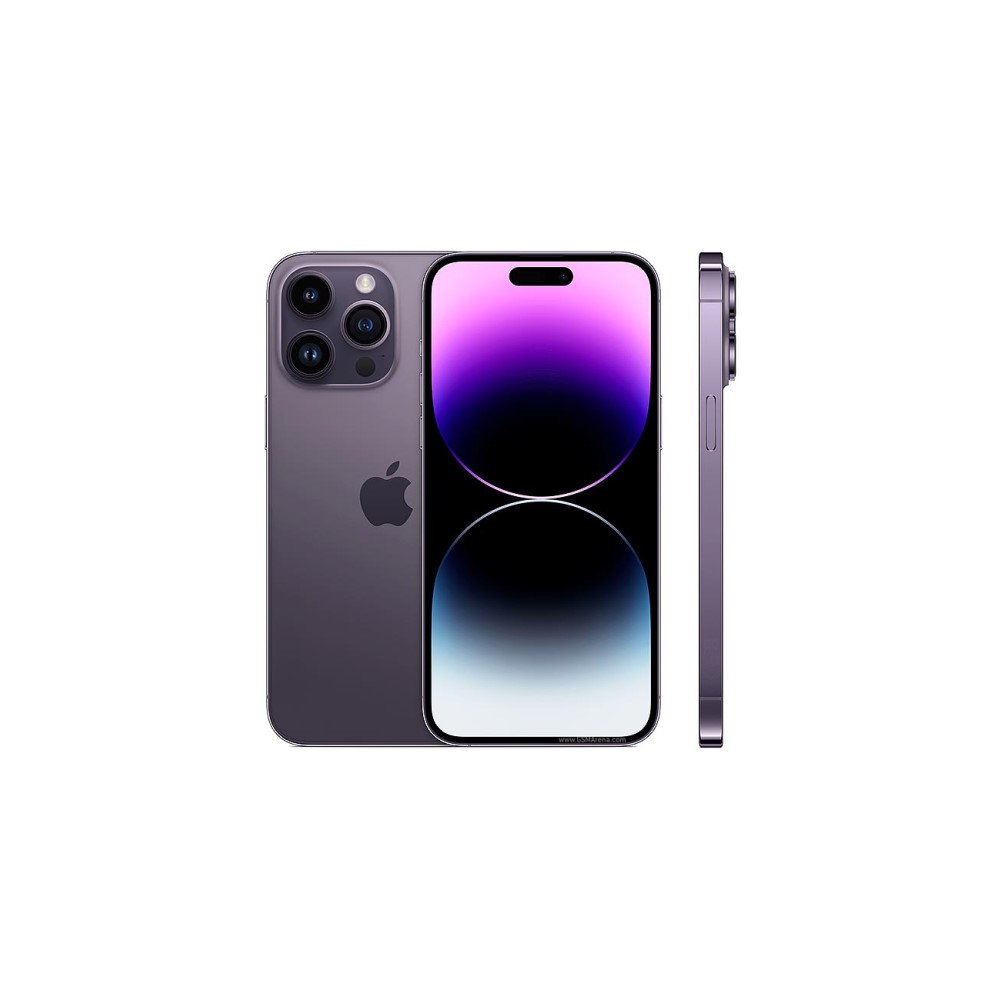Affiliate links on Android Authority may earn us a commission. Learn more.
The best phones for gaming: Play faster and better







Mobile gaming has come a long way in recent years, and if you want to make the most of it, you’ll want to pick up a gaming phone. These come in all shapes and sizes, but choosing the best gaming phone for you will come down to a few questions:
- How far can you stretch your budget?
- Do you need hardware triggers for first-person shooters, etc.?
- How important are cameras and other features?
- iOS or Android?
Once you know what’s important to you, it isn’t too difficult to find a great phone for gaming. You can learn more in our detailed buyer’s guide, but we’ve done the hard work for you and tested nearly every phone on the market. Keep reading for the best gaming phones you can buy in 2023, starting with a phone that’s easily the cream of the crop.
The ROG Phone 8 is the best gaming phone for most people



While the ROG Phone 7 — the former topper of this list — proudly proclaimed its gaming guts through its adventurous design, the ROG Phone 8 is a little more understated. In this sense, it’s an even better gaming phone for non-gamers.
Despite this design change, the retains many of the gamer-first features. It has capacitive AirTriggers, plus a new LED backlighting panel dubbed AniMe Vision that can scroll through cute animations or personal messages. It retains a large 6.78-inch display like its predecessor, but now it’s thinner, lighter, and more pocketable for gaming on the go. The phone also gains Gorilla Glass Victus 2 and an IP68 rating to bolster its durability.
A true gaming phone requires real horsepower, and the ROG Phone 8 doesn’t disappoint. It sports the latest Snapdragon 8 Gen 3 SoC with Adreno 750 GPU. The new silicon benefits from higher clocks and fewer low-speed cores, boosting peak performance in more demanding titles. You can pair this with up to 1TB of internal storage or 24GB of RAM if you opt for the Pro model.
Of course, power demands are a concern while gaming; this is one area where the ROG Phone 8 might fall short. The 5,500mAh cell is 10% smaller than its predecessor, but we’re happy to report that in our testing that didn’t make much of a difference. We could go a full day and beyond, with three hours of intense gaming more than possible. When it’s time to top up the phone, you’ll need just over 50 minutes to go from dead to 100% thanks to its 65W maximum wired speeds. Alternatively, the ROG Phone 8 also packs 15W wireless charging support.
During our review, we were also surprised by just how practical this thing is. ASUS improved the ROG Phone 8’s camera hardware and processing, which now yields solid albeit over-sharpened results. Videographers will delight in the phone’s gimbal stabilization system, while audiophiles can still take advantage of one of the few new phones with a 3.5mm headphone jack. It’s now a much more well-rounded phone.
There is a catch, though. To snag ASUS’ best gaming phone to date, you’ll need to part with at least $1,099 — a $200 premium over its predecessor. Be sure to budget for its nifty AeroActive Cooler X accessory if you want the best sustained performance, too.
What makes it stand out
- Balanced focus: This phone is made for gamers, but it’ll also appeal to everyone else.
- More conservative design: Taking cues from the Zenfone series, the ROG Phone 8 is understated with some stylish touches.
- Durability and convenience: Wireless charging, Gorilla Glass Victus 2, and an IP68 rating are welcome additions.
The nubia REDMAGIC 8S Pro is a budget powerhouse

If you want raw performance at bargain prices, the nubia REDMAGIC 8S Pro is worth a look. It sacrifices a lot when it comes to software features and long-term support, but the hardware is more than capable of extreme gaming.
Like other gaming phones, the REDMAGIC 8S Pro puts a heavy emphasis on cooling. It pairs 12 or 16GB of RAM with the same Snapdragon 8 Gen 2 as the ROG Phone 7 series and S23 series, with a redesigned cooling system to lower temps while gaming. That means it outperforms the Galaxy S23 Ultra by a sizeable margin while costing hundreds of dollars less. However, the fans were noticeably loud under stress and while charging, so you may not want to run all games on max settings all the time.
The rest of the specs largely match the older ROG Phone 7, with a massive 6,000mAh battery that lasts for hours of hardcore gaming. In our testing, the included 65W charger brought the phone from 0% to 50% in less than 15 minutes, and topped the phone all the way up to 100% in less than 40 minutes. The 120Hz AMOLED screen is still plenty speedy and bright, although few games support framerates above 60Hz. The phone also features capacitive triggers, which can be customized to emulate single taps, long taps, and more on any given part of the screen.
The nubia REDMAGIC 8S Pro has killer specs without the high price tag.
Speaking of software, the REDMAGIC 8S Pro includes the SuperBase software, which enables fine-tuning of many mobile games. In-game, Game Space allows you to quickly see and adjust performance settings, as well as access certain plugins like a timer, notes, crosshairs, and more. There are a lot of customization options to look through for demanding gamers, but outside of the game, REDMAGIC OS 8 is far from the best Android skin we’ve tested. It’s clear where nubia’s focus lies with this device, for better or worse.
Cameras aren’t great on any of the gaming phones we’ve tested, so it should come as no surprise that the REDMAGIC 8S Pro isn’t a great camera phone. In fact, the under-display camera is downright awful (like all under-display cameras we’ve tested), although it does allow for an uninterrupted, bezel-less display while gaming. The overall build quality is good, although the boxy corners might not appeal to everyone. In our testing, they were slightly less ergonomic than the rounded corners found on the ASUS ROG Phone 7, for example.
The biggest downside here is long-term support. nubia has a spotty record with software support, so don’t expect this gaming phone to stay on the latest software for long. Still, if you want top-of-the-line performance on a budget, this phone will meet and exceed your expectations. It’s worth noting that the REDMAGIC 9S Pro will be available soon in some markets, but we’ll update this list as soon as it’s more widely available.
What makes it stand out
- Pure power: This phone pulls no punches when it comes to specs and raw power.
- Improved cooling: nubia has further improved its cooling tech, providing better performance under pressure.
- Clean display: The under-display selfie camera means uninterrupted screen real estate for gaming.
The Samsung Galaxy S24 Ultra trades triggers for a stylus


The Samsung Galaxy S24 Ultra isn’t billed as a gaming phone. It lacks peculiar styling, LEDs, and shoulder buttons, but does have a trick up its sleeve — the S Pen. This little stylus is perfect for those who enjoy more static games, like strategy titles, that demand more precision. Beyond this, the Galaxy S24 Ultra brings even more power to Samsung’s flagship lineup.
As the best Android phone money can buy, the Galaxy S24 Ultra boasts the Snapdragon 8 Gen 3 for Galaxy SoC — an overclocked version of Qualcomm’s premier chipset. This, paired with its 6.8-inch AMOLED display, 12GB of RAM, and up to 1TB of internal storage, makes it a powerful gaming companion. The new chipset also brings Wi-Fi 7 support for better network performance in competitive online titles. Thankfully, Samsung has ironed out the curved display of the Galaxy S23 Ultra, so unwarranted touches are now less likely.
The Galaxy S24 Ultra excels in other facets, too. As it shares its main 200MP camera with its predecessor, you can expect excellent results in all lighting scenarios. A new 50MP 5x zoom lens also promises improved shots within that particular range. Some users will lament the lack of a dedicated 10x optical zoom lens, though.
Finally, it’s worth noting Samsung’s stellar software support policy, which now extends to seven years. That alone is a massive reason to purchase this phone, but it also demands an equally massive investment.
What makes it stand out
- S Pen goodness: The S Pen housed in the device is excellent for strategy games.
- Raw power: The Snapdragon 8 Gen 3 for Galaxy tunes an already pacey chipset.
- Unrivaled software support: Samsung offers the best Android update promise of any phone on this list.
The iPhone 15 Pro Max is best for the Apple crowd

If you want to opt for Apple’s side of things, the iPhone 15 Pro Max is the best iPhone for gaming. It isn’t a huge improvement over last year’s iPhone 14 Pro Max, but we didn’t find many faults with that one, either.
Apple’s Bionic processors have always outperformed anything Android can muster, and the same is true for the Apple A17 Bionic. It handily beat the Samsung Galaxy S23 Ultra in our testing, although we did find that it heats up fast. That means that it likely won’t be capable of sustained performance in the most demanding games, although even when throttled games will look and play great.
Speaking of games, Apple’s ecosystem sports an even more robust catalog of games than the Google Play Store, and that’s expanded even further this year with the release of AAA titles like Resident Evil Village to the mobile platform. In our early testing, performance in both handheld and connected to a large monitor via USB-C was very impressive. If you would have told us that we were playing natively on a PS4, we would have believed you.
Apart from that, the iPhone 15 Pro Max is a top-notch smartphone. It features a 6.7-inch 120Hz OLED panel to make your games pop, with a large battery to keep you gaming for longer. The switch to USB-C in this year’s iPhones is a welcome change, but charging speeds are still limited to 20W, which is well below many other dedicated gaming phones. The 8GB of RAM may also be a limiting factor in the future, especially as more AAA games are released.
We think the iPhone 15 Pro Max is the best model for gamers, but if you prefer a smaller phone the iPhone 15 Pro packs just as big a punch. However, the standard iPhone 15 and iPhone 15 Plus use the older A16 Bionic processor, so skip those models if you want more raw power. They’re still capable devices, but they’re a considerably worse value for gamers.
What makes it stand out
- Bionic power: Apple’s Bionic A17 processor is extremely powerful and energy efficient.
- ProMotion display: The large, 120Hz OLED display is perfect for games of all types.
- Ecosystem: iOS always has the latest and greatest games, and now that includes true AAA games.
The POCO F6 is the best cheap gaming phone

Want a cheap gaming phone? The POCO F6 is a fantastic option at just $379. Despite the price, it has flagship specs where it matters most for tip-top gaming performance.
Most of that power comes from the same Snapdragon 8 Gen 3 processor you’ll find in phones that cost two or even three times as much, as well as up to 12GB of RAM. The 6.67-inch AMOLED display doesn’t have the highest resolution, but that should make it easier to match the refresh rate of 120hz on most modern games.
Apart from great specs and performance, the device is in the middle of the road. The large 5,000mAh battery should keep you gaming for a long time, and the 90W charger will top the phone off in a jiffy. The cameras certainly won’t impress, and the HyperOS the phone ships with isn’t the best we’ve tested. Still, you won’t find a better gaming phone at this price.
It’s worth noting that there is also a POCO F6 Pro, but despite costing more, it’s actually a worse pick for gamers. Stick with the standard POCO F6, and you won’t be disappointed.
What makes it stand out
- Price: This is the best cheap gaming phone you can buy.
- Great performance: The Snapdragon 8 Gen 3 is every bit as powerful as phones that cost much more.
- Fast charging: Battery life is great, and the charging is even better.
What to look for in a gaming phone
Not sure what makes a gaming phone good? We’ve tested lots of phones, and here’s some quick insight into what we look for:
- Powerful specs: Modern games can be very demanding, so a powerful SoC and a healthy helping of RAM are crucial to maintaining high framerates.
- Thermal performance: One of the biggest drawbacks of the latest generation of flagship processors is heat. Many gaming phones have improved thermals to enable much better sustained performance than traditional flagships.
- Hardware triggers: While not all of our picks have them, hardware triggers make a good gaming phone great. Bonus points if they offer nice haptic feedback. However, keep in mind accessories like the Razer Kishi can get around this.
- Software: Obviously, gaming features are great, but there are other things to consider as well. Chief among them are updates. If your phone will only receive updates for two years, you’ll need to upgrade much sooner than you’d like.
- Cameras: Camera performance is nearly always lacking on gaming phones, but some are still capable shooters. Likewise, many of the best camera phones, like the premium Galaxy S23 Ultra, are also excellent for gaming.
FAQs
While 4GB is the minimum for standard phones, gaming phones should have at least 8GB, and preferably 12GB of RAM. Check out our guide to learn more.
The latest Snapdragon 8 Plus Gen 1, Apple A16 Bionic, or Dimensity 9000 Plus are all great options. Each has pros and cons, which you can read about here.
Gaming phones from a few years ago will still be able to run the latest games, but they may not receive many years of software updates.